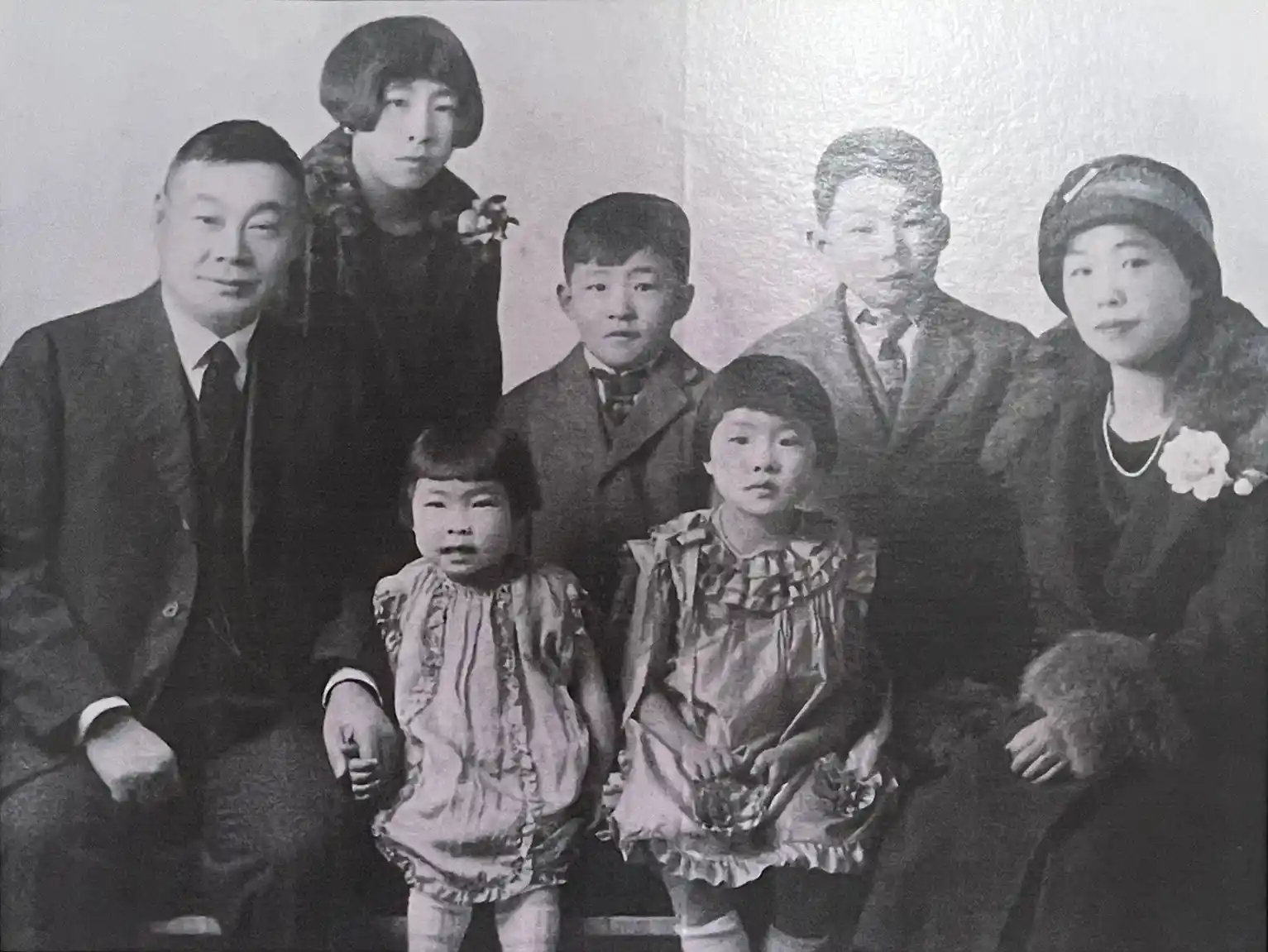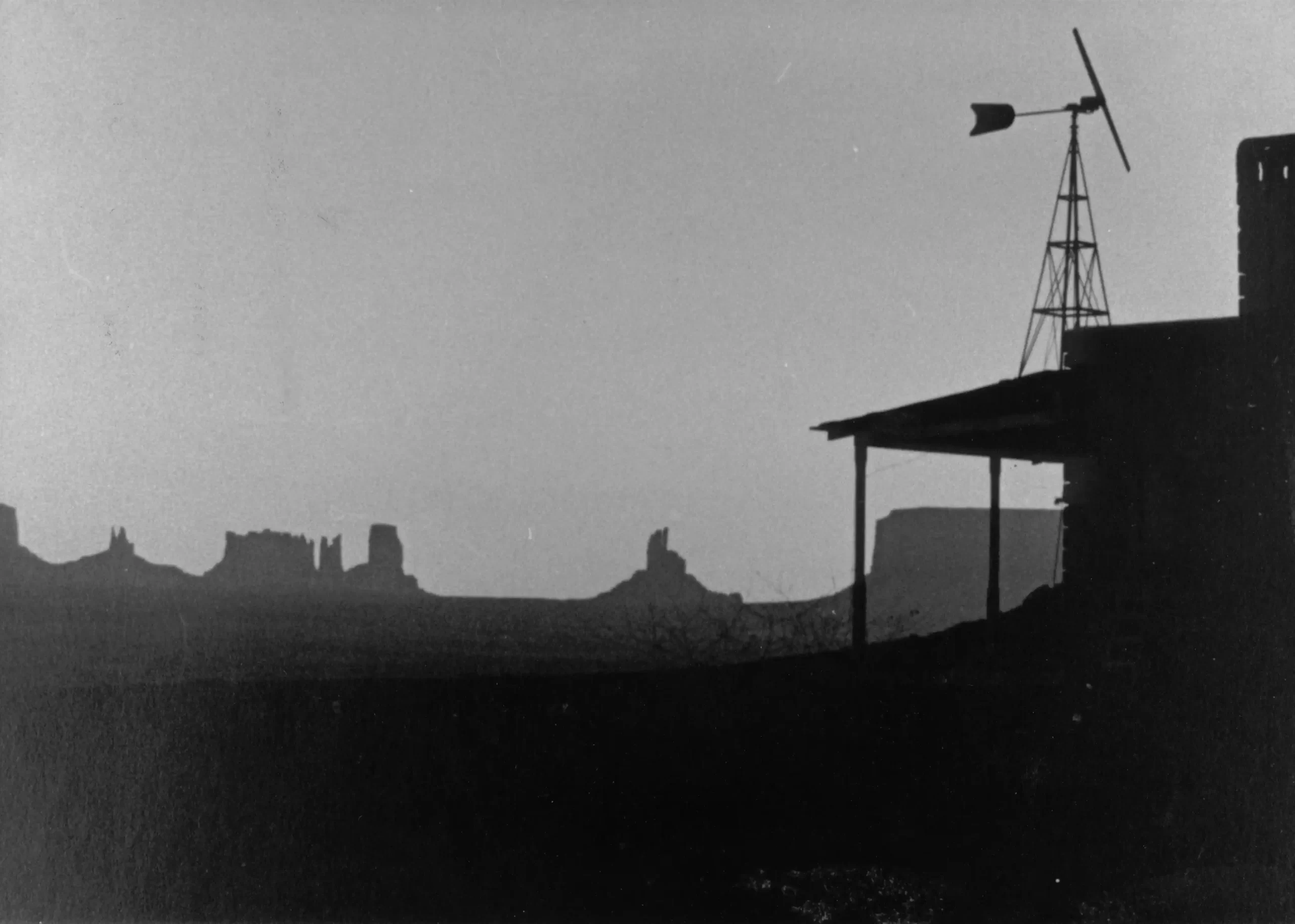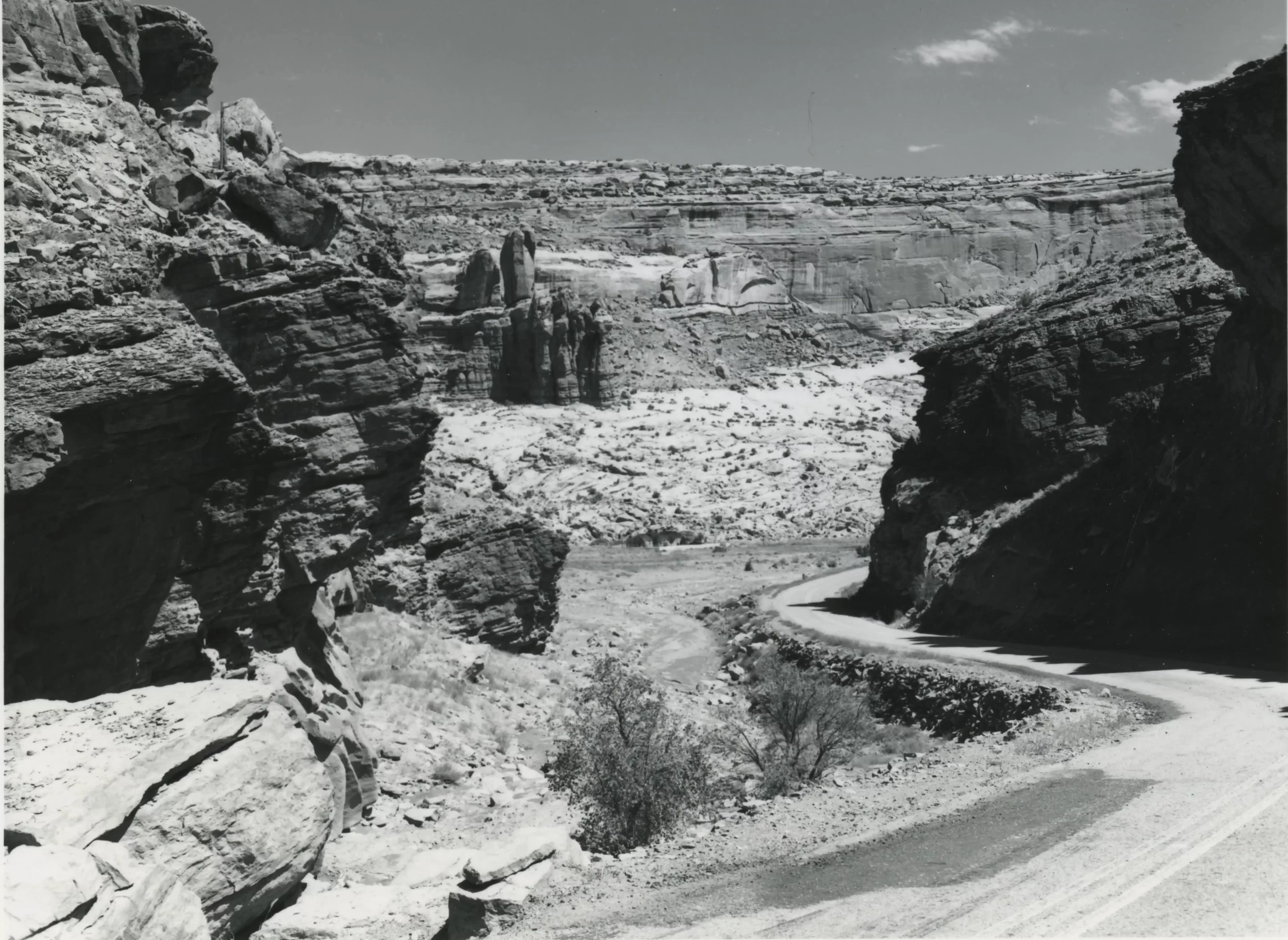Some information may be outdated.
Through this fall and winter, the Museum is proud to exhibit “Topaz Stories: Remembering the Japanese American Incarceration” in tandem with “A Moab Prison Camp,” lending a state-wide perspective to this dark period of American history during WWII. The Friends of Topaz collected numerous oral histories and personal reminiscences from survivors and descendants; however, not all are currently featured in the Moab Museum space. In this week’s column, we shine the spotlight on a story you won’t find displayed: “Crystal City,” contributed by Tom Kawakami.
“My wife Hana’s father, Toyoji Abe, was the publisher of the New World Sun (Shin Sekai), one of San Francisco’s two main Japanese-language newspapers before the war. After Pearl Harbor, he was arrested as a ‘dangerous enemy alien,’ and the rest of the Abe family (wife Yuka, son Victor, and daughters Sophie, Alice, Martha, and Hana) were incarcerated in Topaz Relocation Center in Utah.

About a year later, in the spring of 1943, Mrs. Abe and fourteen-year-old Hana, the youngest daughter, joined Mr. Abe in Crystal City, Texas, the government concentration camp for families that lay west of San Antonio near the Mexican border. By that time, Hana’s older sisters had resettled in other cities in the Midwest. Between mid-1942 through 1945, Crystal City was home to more than 4,750 prisoners of Japanese, German, and Italian nationality or ancestry. Two-thirds of the incarcerees were Japanese, Japanese American or Japanese Latin Americans.
In Crystal City, Mr. Abe was diagnosed with a brain tumor. Hana and her mother accompanied him on a long car trip across Texas to Dallas, yet another unfamiliar city, where he received treatment. After his treatment, the Abes returned to Crystal City; but not long after their return, Mr. Abe died. So, Hana and her mother remained in Crystal City by themselves until the end of the war.
Some Crystal City residents thought it was nicer than Topaz because they had an actual house, unlike the dusty barracks with cots in Topaz. Hana, looking back, always thought of Topaz as a relatively happy place compared to Crystal City because she had some fun times with friends; and her father, even though separated from his family, was still alive. To her, Crystal City was a place of sadness.”

“Topaz Stories” and “A Moab Prison Camp” are on display at the Museum through December 22. Stop by Tuesday-Saturday to engage in this history, learn about more acts of resilience amidst intense adversity, and hear from the survivors and descendants in their own words, from Delta to Moab.
The Moab Museum is dedicated to sharing stories of the natural and human history of the Moab area. To explore more of Moab’s stories and artifacts, find out about upcoming programs, and become a Member, visit www.moabmuseum.org.
Appreciate the coverage? Help keep local news alive.
Chip in to support the Moab Sun News.





